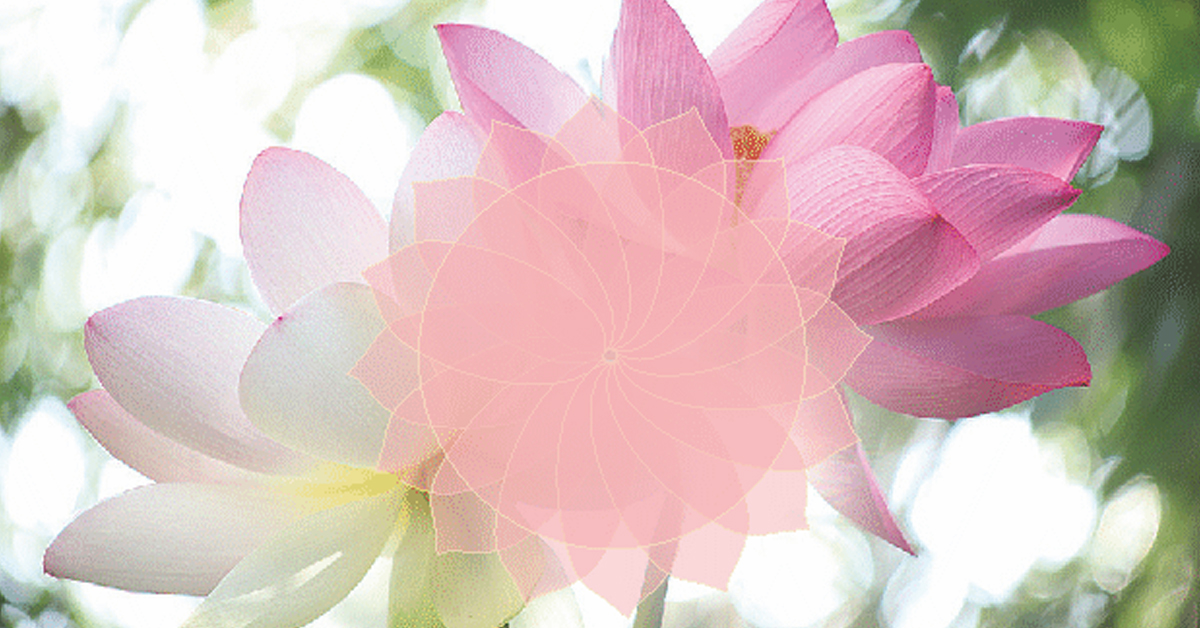On one of my expeditions to the Himalayas, I met a tapasvi.He had a mystical calmness about himself. We had a long conversation after which I thought of leaving something for his expenses. I slipped my hand beneath the asan on which he was sitting to leave some money behind. As I did so, something pricked me. I lifted the cloth to find iron nails below…
One of the 5 niyams in Ashtang Yog is ‘tapa’, that is, to heat the body by giving it pain. It is a very basic purification, a means to cancel out your negative karmas, a tool to aid progress and evolution. Fasting/Upavaas is one way of putting yourself through pain. Upavaas, has a much greater connotation than what it is generally misunderstood as – mere holding back from eating certain foods. At Dhyan Ashram, sadhaks observe Upavaas in its authentic sense, which is, giving up pleasure to observe austerities during sadhna. This is done by celibating, eating food for energy not sensual pleasure, following a niyam of the sadhna your Guru has given you – a mantra, dhyan or a tantric practice where senses are kept under strict control and the focus is your ishta deva and all your thoughts and actions during those days are devoted to the ishta deva. Charity and service are an intrinsic part of such sadhnas.
During Navratras, fasts are observed for purification – both etheric as well as physical. Navratras come twice a year and mark a transition in seasons, winter-summer and summer-winter. According to Ayurveda, during this time, one should consume nourishing foods and in minimal quantities to rid the body of the toxins collected during the rains. The nine nights and ten days of Navratras hold within them the energy of ten forms of shakti – Shailaputri, Brahmcharini, Chandrakanta, Kushmanda, Skandmata, Katyayani, Kaalratri, Mahagauri, Siddhidatri and Aparajitha, thus each Navratra has a specific purpose. In the Navratras, weather changes, i.e., various energies of this creation move from imbalance towards a new normalcy. Since you are a poorna ansh of this creation, every object and energy of the creation resides inside you as well. Thus, in these 9 days you too move towards a new normalcy, the pranashakti inside your body undergoes a process of realignment, i.e. from imbalance to new balance for new season. For this realigning, the body has to be kept light.
Apart from fasting, there are certain mantras also, which are chanted on these days for a complete body detox.
For the beginner, these nine days may be divided into 3 parts of 3 days each for the three parts of the body – the region below the navel, between navel and shoulders and the upper head region, corresponding to the energies of Goddess Sarawati, Goddess Lakshmi and Goddess Durga respectively. The 9 devis originate from these 3 devis which in turn have their origin in Adi Shakti. These 3 parts are further divided into 3 parts each, thus the body is divided into 9 parts in all.
In the first 3 days the sadhak stops having spicy food and performs a havan at the morning and evening sandhya with the chants invoking Ma Durga. Offering of kalatil along with ghrit is made and desi cow’s upla and palash samedha is used. In the next three days, sadhak stops intake of anna and only light foods are ingested in order to keep the body light. Havan for Ma Lakshmi is done at the two sandhyas by making offering of a sweet along with ghrit. In the last three days, the sadhak only consumes water and juice (not even milk as it is considered an animal product) and havan for Ma Saraswati is performed at the two sandhyas by making offerings of ghrit and guggal. On the 10th day, complete fast is kept and once more Ma Durga or Ma Kali is invoked as on this day, Ravan had invoked Ma Kali and Ram had invoked Ma Durga. This process brings about the required realignment. After this, the sadhak performs his sadhna and chants specific mantra as prescribed by his/her Guru. With yog sadhna, all the energies that are invoked come to the sadhak.
Navratras are days to prepare your body in order to accept the new energies of the coming season. For 9 days you realign your body and after that on the 10th day accept new energies. Most people lighten their bodies by fasting for 9 days, only to make it heavy on the 10th day by crowding restaurants and liquor shops. It is something like, you clean your room and after that you bring all the garbage back to the room. Fasting or any such technique will bear fruits only if carried out with a sense of detachment, for the purpose of evolution. The Guru knows the capacity of a shishya and prescribes a fast depending upon his/her requirements. Therefore it is of utmost importance to observe fasts in tandem with yogic practices such as the Sanatan Kriya under the sanidhya of a Guru to reap maximum benefits.





